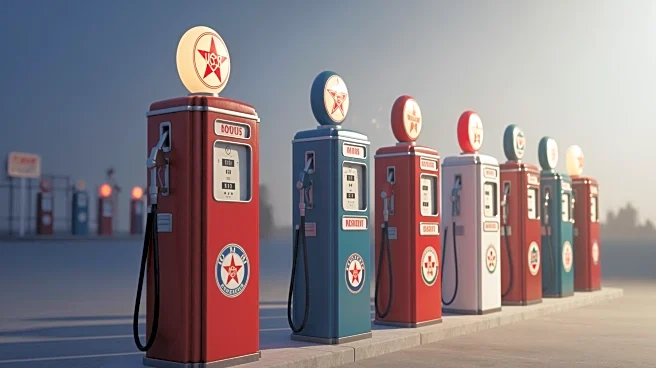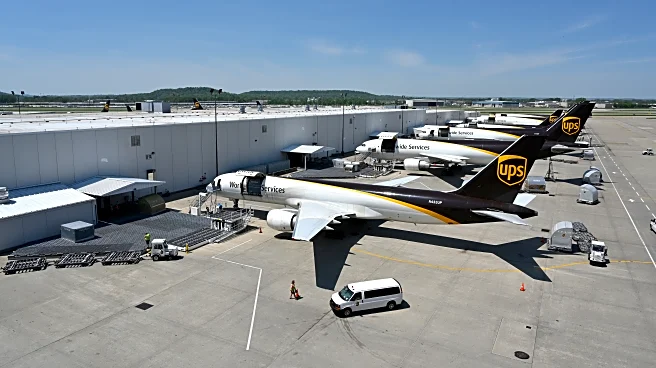What's Happening?
The history of fuel retailing in the U.S. dates back to the early 20th century, with the first filling stations opening in St. Louis and Seattle. These early stations were simple operations, often involving
manual fuel dispensing. Over time, gas stations evolved to include additional services such as oil changes, car washes, and convenience stores, transforming into comprehensive service stations. Notable developments include the introduction of self-service stations in 1947 and the expansion of convenience stores in the late 1920s, which significantly altered the retail landscape.
Why It's Important?
The evolution of fuel retailing reflects broader economic and technological changes in the U.S. The shift from manual to automated service stations improved efficiency and customer experience, while the integration of convenience stores diversified revenue streams. These developments have shaped consumer expectations and business models within the industry. Understanding this historical context is crucial for industry stakeholders, as it provides insights into current trends and future directions, including the potential impact of emerging technologies and environmental policies.













